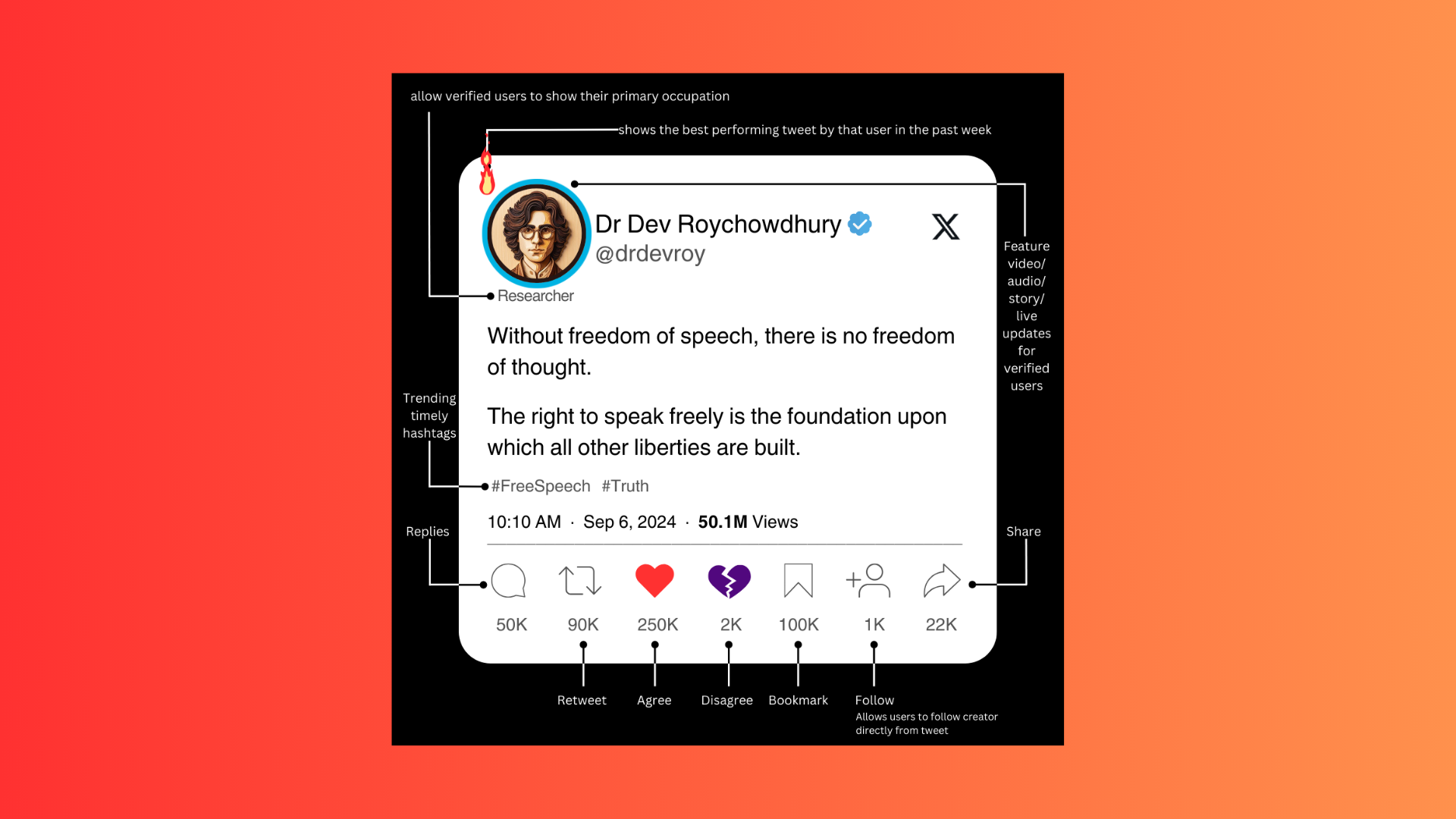A specific phobia is an intense and irrational fear of a certain object, situation, or concept that poses little or no actual danger. People with specific phobias may experience anxiety, panic, or avoidance when confronted with their feared stimulus. Specific phobias are common and treatable mental health disorders that can affect anyone. In this article, I will explore what causes specific phobias, how they are diagnosed, and what are the best treatment options available.
What is Specific Phobia?
A specific phobia is a type of anxiety disorder that is characterized by a persistent and excessive fear of a specific object or situation. The fear is out of proportion to the actual threat and causes significant distress or impairment in daily functioning. According to the Diagnostic and Statistical Manual of Mental Disorders (DSM-5), there are five types of specific phobias: animal, natural environment, blood-injection-injury, situational, and other. Some examples of specific phobias are:
- Acrophobia: Fear of heights
- Aerophobia: Fear of flying
- Agoraphobia: Fear of open spaces or crowds
- Aichmophobia: Fear of needles or pointed objects
- Algophobia: Fear of pain
- Arachnophobia: Fear of spiders
- Astraphobia: Fear of storms
- Claustrophobia: Fear of enclosed spaces
- Cynophobia: Fear of dogs
- Dentophobia: Fear of going to the dentist
- Emetophobia: Fear of vomiting
- Entomophobia: Fear of insects
- Glossophobia: Fear of public speaking
- Hemophobia: Fear of blood
- Hydrophobia: Fear of water
- Mysophobia: Fear of germs or contamination
- Necrophobia: Fear of death or dead things
- Ophidiophobia: Fear of snakes
- Ornithophobia: Fear of birds
- Pyrophobia: Fear of fire
- Trypanophobia: Fear of injections
- Zoophobia: Fear of animals in general
What causes Specific Phobia?
The exact causes of specific phobias are not fully understood, but they may involve a combination of biological, psychological, and environmental factors. Some possible contributors include:
- Traumatic experience: distressing events such as being bitten by a dog or almost drowning can trigger specific phobias.
- Learned reaction/parenting: children who see their parents or caregivers react with exaggerated fear to something specific may imitate this behaviour.
- Genetics: people with a family history of anxiety disorders may have a higher risk of developing specific phobias.
- Temperament: people with behavioural inhibitions such as shyness or sensitivity may be more prone to developing specific phobias.
What are the symptoms of Specific Phobia?
The main symptom of specific phobia is an intense and irrational fear of a certain object or situation that provokes anxiety or panic. Other symptoms may include:
- Avoiding the object or situation or enduring it with extreme distress
- Feeling nervous, restless, or irritable when thinking about or anticipating the object or situation
- Having physical reactions such as sweating, trembling, racing heart, shortness of breath, nausea, dizziness, or fainting when exposed to or confronted with the object or situation
- Having difficulty with daily activities such as work, school, social interactions, or hobbies because of the fear
- Recognizing that the fear is excessive or unreasonable but being unable to control it
How is Specific Phobia diagnosed?
According to the Diagnostic and Statistical Manual of Mental Disorders (DSM), the Diagnostic Criteria for Specific Phobia is as follows:
A. Marked fear or anxiety about a specific object or situation (e.g., flying, heights, animals, receiving an injection, seeing blood).
Note: In children, the fear or anxiety may be expressed by crying, tantrums, freezing, or clinging.
B. The phobic object or situation almost always provokes immediate fear or anxiety.
C. The phobic object or situation is actively avoided or endured with intense fear or anxiety.
D. The fear or anxiety is out of proportion to the actual danger posed by the specific object or situation and to the sociocultural context.
E. The fear, anxiety, or avoidance is persistent, typically lasting for 6 months or more.
F. The fear, anxiety, or avoidance causes clinically significant distress or impairment in social, occupational, or other important areas of functioning.
G. The disturbance is not better explained by the symptoms of another mental disorder, including fear, anxiety, and avoidance of situations associated with panic-like symptoms or other incapacitating symptoms (as in agoraphobia); objects or situations related to obsessions (as in obsessive-compulsive disorder); reminders of traumatic events (as in posttraumatic stress disorder); separation from home or attachment figures (as in separation anxiety disorder); or social situations (as in social anxiety disorder).
How is Specific Phobia treated?
The most effective treatment for specific phobias is exposure therapy, which involves gradually and repeatedly exposing the person to the feared object or situation in a safe and controlled environment until the fear diminishes. Exposure therapy can be done in vivo (in real life) or in vitro (in imagination) depending on the availability and feasibility of the stimulus. For example, if you have a fear of spiders, you may start by looking at a picture of a spider and eventually work up to touching a large tarantula. If you have a fear of flying, you may start by reading a story about a plane crash and then work up to taking an actual flight. Exposure therapy can be combined with other techniques such as cognitive-behavioural therapy (CBT), which helps the person challenge and change their negative thoughts and beliefs about the feared object or situation.
Exposure therapy can be done with the guidance of a mental health professional or as a self-help program. A mental health professional can help you create a fear hierarchy, which is a list of situations that trigger your phobia from the least to the most frightening. The mental health professional can also provide support and feedback as you face your fears. A self-help program can be done with the help of books, online resources, or apps that teach you how to perform exposure therapy on your own. However, self-help programs may not be suitable for everyone, especially if you have severe anxiety, other mental health issues, or medical conditions that may affect your ability to cope with exposure.
In some cases, medication may be used to reduce the anxiety and panic symptoms associated with specific phobias. However, medication alone is not sufficient to treat specific phobias and should be used as an adjunct to exposure therapy. Some types of medication that may be prescribed include beta blockers, benzodiazepines, antidepressants, and antihistamines. These medications can help you feel more relaxed and less fearful when facing your phobia, but they do not address the underlying causes of your phobia or help you overcome it in the long term. Therefore, they should only be used as a short-term solution or for specific situations that are difficult to avoid.
How can you manage your Specific Phobia?
Besides seeking professional help, there are some self-help strategies that can help you cope with your specific phobia. Some of them are:
- Educate yourself about your phobia and learn how anxiety works. Understanding the nature and causes of your phobia can help you reduce your fear and increase your confidence. You can also learn about the benefits of exposure therapy and how it can help you overcome your phobia.
- Practice relaxation techniques such as deep breathing, progressive muscle relaxation, meditation, or yoga. These techniques can help you calm your body and mind when you feel anxious or panicky. They can also help you cope with the physical sensations that may arise during exposure therapy.
- Seek support from your family, friends, or a support group. Having people who understand and support you can make a big difference in your recovery process. You can share your feelings and experiences with them, ask for their encouragement and feedback, or even ask them to accompany you when facing your fears.
- Challenge your negative thoughts and replace them with more realistic and positive ones. Often, people with specific phobias have unrealistic or exaggerated beliefs about their feared object or situation, such as “I will die if I see a snake” or “Everyone will laugh at me if I panic on an elevator”. These thoughts can increase your anxiety and make it harder to face your fears. You can learn to identify and challenge these thoughts by asking yourself questions such as “What is the evidence for this thought?” or “What is the worst that could happen?”. You can also try to think of alternative thoughts that are more rational and helpful, such as “Snakes are not dangerous unless they are provoked” or “Most people are understanding and supportive if someone has a panic attack”.
- Face your fears gradually and systematically, starting from the least to the most feared situations. This is the core principle of exposure therapy, which is the best way to overcome your specific phobia. By exposing yourself to your feared object or situation repeatedly and for longer periods of time, you will learn that nothing bad will happen and that your fear will decrease over time. You will also gain a sense of mastery and control over your phobia.
- Reward yourself for your achievements and celebrate your progress. Facing your fears is not easy, so it is important to acknowledge your efforts and successes along the way. You can reward yourself with something that makes you happy or proud. You can also keep track of your progress by writing down your experiences, rating your anxiety levels before and after exposure, or taking pictures or videos of your accomplishments. This can help you see how far you have come and motivate you to keep going.
I hope this article has helped you understand more about specific phobia and how to manage it. If you have any questions, please feel free to ask.
If you are or someone you know is experiencing mental health issues, I strongly encourage you to seek help. Please contact your GP or mental health provider today.
There is no shame in seeking help for your mental health and well-being. You are not alone, and you deserve to feel better.











Discussion